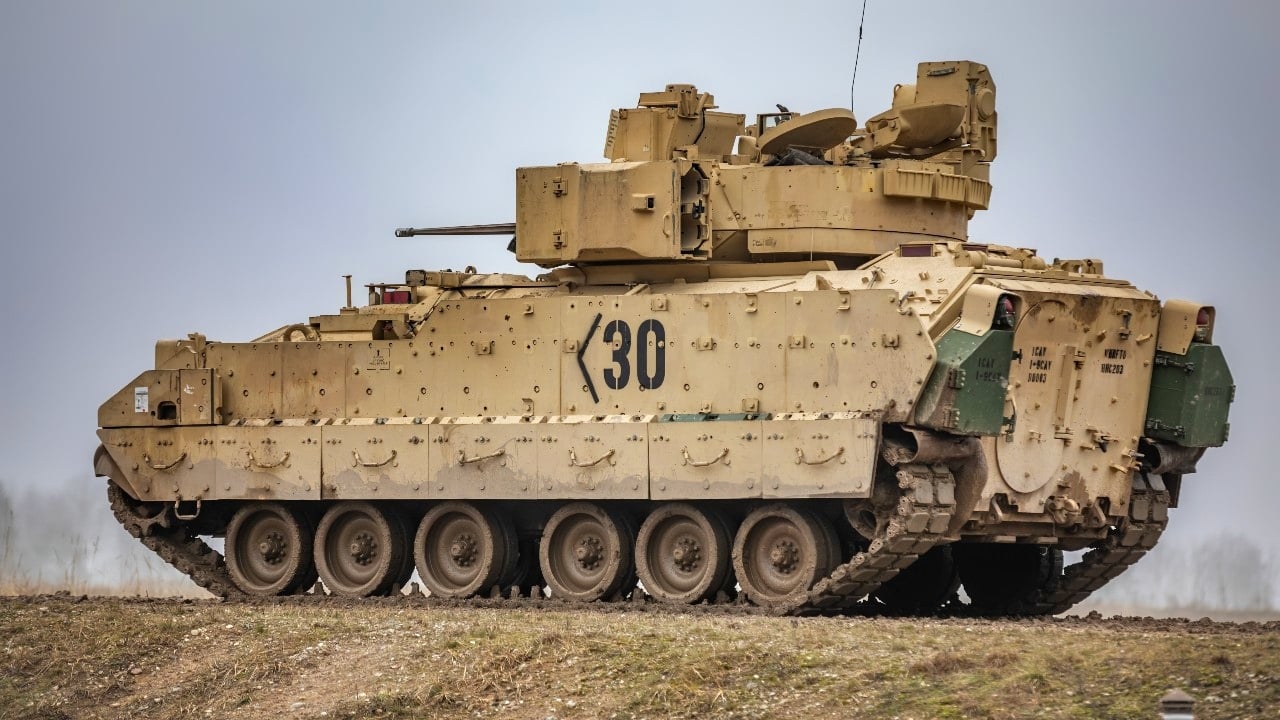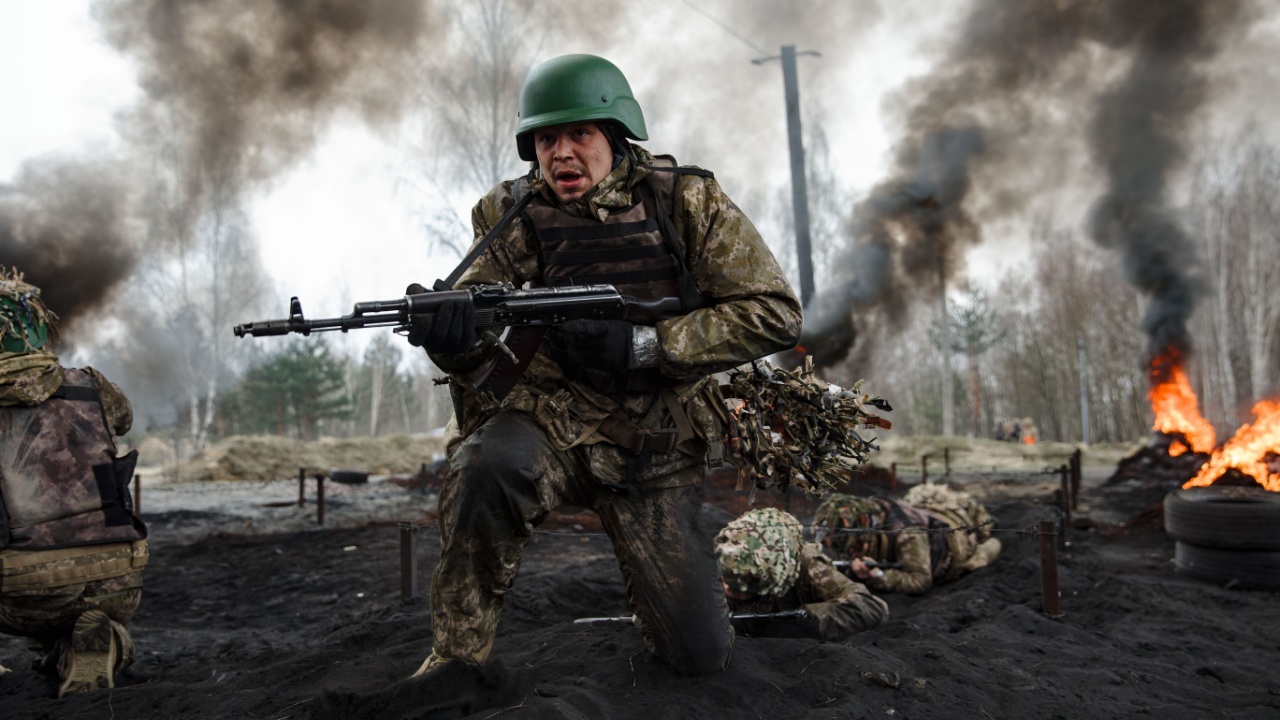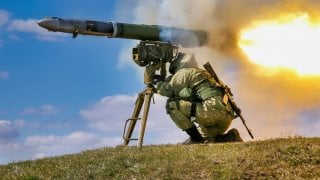Russia Has a New Enemy in the Ukraine War
As adverse weather conditions approach, the Russian military is intensifying mechanized assaults in Ukraine to secure tactical advantages before muddy terrain hampers movement.
What You Need to Know: As adverse weather conditions approach, the Russian military is intensifying mechanized assaults in Ukraine to secure tactical advantages before muddy terrain hampers movement.

-According to the Institute for the Study of War, Russia is conducting a high tempo of operations, particularly around Kharkiv and Pokrovsk, aiming for significant advances before fall rains and winter snow limit mechanized maneuverability.
-Despite possessing numerous mechanized units, Russia faces limitations due to significant losses of tanks and armored vehicles, forcing some units to use improvised transport like civilian vehicles and even golf carts. The reliance on mass infantry attacks, reminiscent of World War I trench warfare, highlights challenges in adopting modern maneuver warfare tactics.
Putin's New Enemy in Ukraine: The Weather
The Russian military is pushing hard to achieve additional tactical successes before weather conditions restrict mechanized operations.
Although not famous for its maneuver warfare capabilities, the Russian military is trying to take advantage of any mechanized superiority in parts of the contact line to gain more ground before the upcoming rains and snow turn the battlefield into a quagmire.
Russian Mechanized Attacks
The Russian military leadership is pushing for tactical results through mechanized assaults before the weather conditions make the ground difficult.
“The Russian military command has likely ordered Russian forces to conduct a relatively high tempo of mechanized assaults in Ukraine to pursue significant tactical advances before muddy ground conditions in fall 2024 constrain mechanized maneuver,” the Institute for the Study of War assessed in its latest operational estimate.
Ukrainian defense officials state that the Russian forces are using increasingly more mechanized units on the battlefield, particularly in the direction of Kharkiv and Pokrovsk. Every Fall, rain and bad weather turns dry roads and fields into a muddy disaster. Winter and falling temperatures then harden the soil and open the way for mechanized operations again. But before that happens, mechanized movement is very much limited.
“Poor weather conditions in fall 2024 and early winter of 2024 to 2025 will likely complicate and constrain both mechanized and infantry maneuver, but Russian forces may seek to maintain their consistent offensive pressure in eastern Ukraine despite these difficulties,” the Institute for the Study of War added.

The Ukrainian military has potent anti-tank and anti-armor capabilities, with a plethora of individual and crew-manned weapon systems. As a result, Russia has lost tens of thousands of heavy weapon systems, including main battle tanks, infantry fighting vehicles, and armored personnel carriers.
Casualties have been so high that Russian commanders in some parts of the contact line have had to use a hodgepodge of military and civilian vehicles to go to battle. Indeed, in some instances, Russian units have even used golf carts to approach the Ukrainian defensive positions.
“Fall weather conditions will also likely constrain Russian infantry maneuver, and the Russian military command likely hopes that mechanized advances that Russian forces can achieve now will limit the number of open fields that Russian infantry will have to cross after weather conditions deteriorate,” the Institute for the Study of War added.
Although it is almost 2025, the Russian military relies mainly on infantry attacks with the support of artillery to achieve its goals on the battlefield. Although Moscow has plenty of mechanized units, their capabilities on the ground are limited. Attacking with the support of main battle tanks and infantry fighting vehicles is incorporating these weapon systems and their capabilities in your tactics to maximize opportunities on the battlefield and achieve better results.
Overall, the Russian military has failed to embrace maneuver warfare and mechanized operations to the extent of a twenty-first century near-peer military. As a result, Russian commanders have been relying heavily on mass infantry attacks reminiscent of trench warfare and World War One.
About the Author
Stavros Atlamazoglou is a seasoned defense journalist specializing in special operations and a Hellenic Army veteran (national service with the 575th Marine Battalion and Army HQ). He holds a BA from the Johns Hopkins University and an MA from the Johns Hopkins’ School of Advanced International Studies (SAIS). His work has been featured in Business Insider, Sandboxx, and SOFREP.
Image Credit: Creative Commons and/or Shutterstock.


